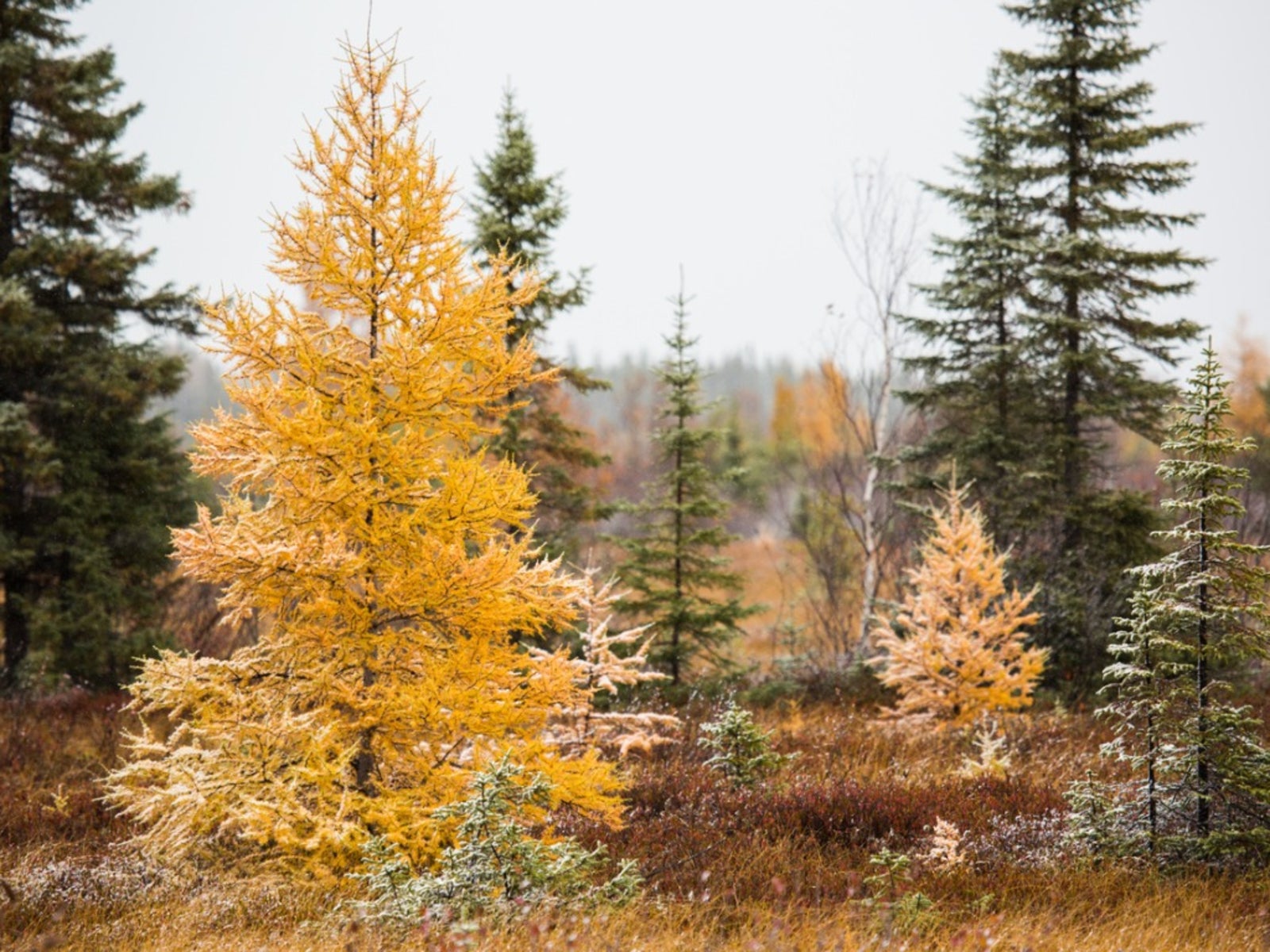Tamarack Tree Information – How To Grow A Tamarack Tree


Tamarack tree planting is not difficult, nor is care for tamarack trees once they are established. Read on for information about how to grow a tamarack tree.
Tamarack Tree Information
Tamaracks (Larix laricina) are medium-sized deciduous conifers that are native to this country. They grow wild from the Atlantic all the way across to central Alaska. If you look for tamarack tree information, you may find it under other common names for this tree, like American larch, eastern larch, Alaska larch or hackmatack. Given the huge range of the tamarack, it tolerates extremely varied climatic conditions, from -30 degrees to 110 degrees Fahrenheit (34 to 43 C.). It can thrive in regions where rainfall is only 7 inches annually and also where it is 55 inches annually. That means that wherever you live in the country, growing tamarack trees may be possible. The trees also accept varied types of soil. However, tamaracks grow best in wet or at least moist soil with a high organic content like sphagnum peat and woody peat. They thrive on moist, well-drained loamy soils beside rivers, lakes or swamps.
Tamarack Tree Planting
Tamaracks are attractive trees with needles that turn brilliant yellow in autumn. These trees could be used as ornamentals far more than they are currently. If you are interested in tamarack tree planting, sow the seeds in warm, moist organic soil. Be sure to clear all brush and weeds before you begin. Your seeds need full light to germinate. In nature, germination rates are low since rodents feast on the seeds, but in cultivation, this should be less of a problem. Tamaracks do not support shade, so plant these conifers in open areas. Space the trees well apart when you are doing tamarack tree planting, so that the young trees do not shade one another.
How to Grow a Tamarack Tree
Once your seeds become seedlings, be sure to provide a constant water supply for them. Drought conditions can kill them. As long as they have full light and regular irrigation, they should thrive. If you are growing tamarack trees, you will find that they grow fast. Correctly planted, tamaracks are the fastest growing boreal conifers for their first 50 years. Expect your tree to live between 200 and 300 years. Care for tamarack trees is easy, once they are correctly established. They require virtually no work other than irrigation and keeping down competing trees. The greatest threat to the health of the trees in the wild is destruction by fire. Because their bark is so thin and their roots so shallow, even a light burn can kill them. The tamarack foliage can be attacked by the larch sawfly and the larch casebearer. If your tree is attacked, consider biological control. Parasites of these pests are now available in commerce.
Sign up for the Gardening Know How newsletter today and receive a free copy of our e-book "How to Grow Delicious Tomatoes".

Teo Spengler is a master gardener and a docent at the San Francisco Botanical Garden, where she hosts public tours. She has studied horticulture and written about nature, trees, plants, and gardening for more than two decades, following a career as an attorney and legal writer. Her extended family includes some 30 houseplants and hundreds of outdoor plants, including 250 trees, which are her main passion. Spengler currently splits her life between San Francisco and the French Basque Country, though she was raised in Alaska, giving her experience of gardening in a range of climates.